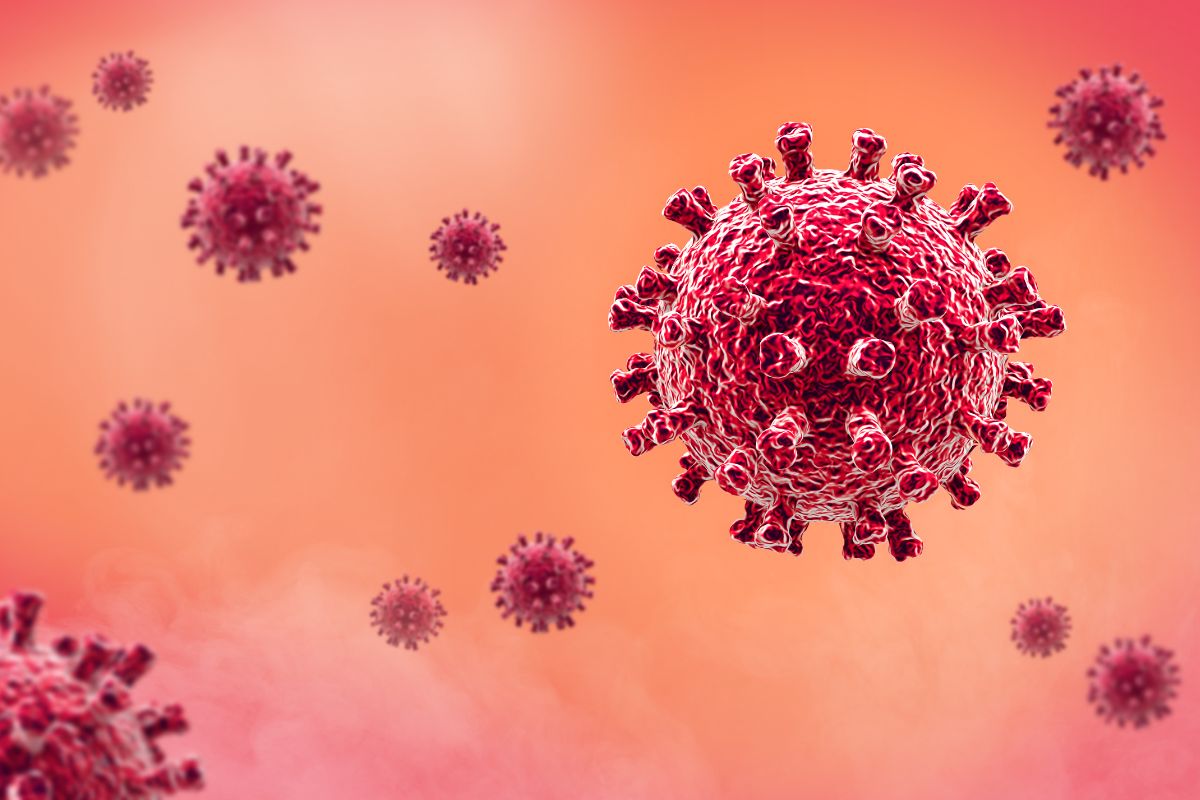Understanding Human Metapneumovirus (HMPV) – Key Facts and Global Impact

Human Metapneumovirus (HMPV) is a respiratory virus that gets increased attention for its causal role with causing respiratory illnesses in people of all ages. Understanding how it spreads, its symptoms, and its prevention is critical to public health knowledge.
Table of Contents
ToggleWhat is human metapneumovirus (HMPV)?
HMPV is a single-stranded RNA virus from the Pneumoviridae family. It came to light in 2001 and is known to cause respiratory infections ranging from mild cold-like symptoms to severe lower respiratory tract disorders such as bronchiolitis or pneumonia.
Transmission of HMPV
The virus spreads mostly through respiratory droplets produced when an infected person coughs or sneezes. It can also be spread by contacting contaminated surfaces and then touching the face, particularly the nose or mouth. Close human contact, such as shaking hands, promotes its spread.
Common symptoms
Mild Symptoms
- Cough
- runny nose or nasal congestion
- sore throat,
- fever,
Severe Symptoms
- Wheezing
- difficulty breathing
- Hoarseness
- Pneumonia
- Asthma worsens in adults.
At-risk populations
Young Children
Infants and young children, especially those under the age of five, are more at risk to severe Human Metapneumovirus infections, which often end in bronchiolitis or pneumonia.
Elderly Individuals
Older persons, especially those over 65, may develop more severe respiratory symptoms as a result of age-related immunological decline.
Immunocompromised Individuals
Individuals with compromised immune systems, such as those undergoing chemotherapy or living with chronic illnesses, are more likely to experience severe HMPV-related consequences.
The diagnosis of HMPV
Clinical Evaluation
Healthcare providers review symptoms and medical history to determine the risk of HMPV infection.
Lab Testing
Definitive diagnosis is made by laboratory testing such as polymerase chain reaction (PCR) assays, which detect viral RNA in respiratory specimens.
Treatment Options:
Supportive Care
There is no specific antiviral therapy for HMPV. Management focuses on alleviating symptoms:
- Ensuring adequate hydration
- Using antipyretics for fever
- Administering decongestants for nasal congestion
Hospitalization Criteria:
Severe occurrences, particularly among high-risk persons, may necessitate hospitalization for oxygen therapy or mechanical ventilation.
Prevention Strategies
Personal Hygiene Measures
- Regular handwashing with soap and water.
- Use alcohol-based hand sanitizers.
- Avoid touching your face with dirty hands.
Environmental Cleaning
To limit the chance of transmission, disinfect regularly touched surfaces like doorknobs and mobile devices.
Avoiding Close Contact.
Keep a safe distance from persons who have respiratory symptoms, and avoid sharing personal items like dishes or towels.
HMPV vs Other Respiratory Viruses
Differences From Influenza
While both viruses cause respiratory illness, HMPV does not have a vaccination, unlike influenza. Furthermore, Human Metapneumovirus infections are more prevalent in late winter and early spring.
Differences from COVID-19.
Human Metapneumovirus and COVID-19 have the same transmission paths and symptoms. However, HMPV does not have specific antiviral drug or vaccines, and its period of incubation can be shorter.
Global Epidemiology of HMPV
Seasonal patterns
Human Metapneumovirus infections peak in late winter and early spring, along with other respiratory viruses.
Recent Outbreaks
Recent reports indicate outbreaks in various regions, including China india, where hospitals have experienced increased admissions due to Human Metapneumovirus infections.
Published by azura Everhart
Hi, Azura Everhart. I am a writer who loves creating interesting and helpful articles. My passion is exploring new ideas and experiences. Writing allows me to share knowledge and connect with people around the world. View more posts
Recent Post
Selwyn Cobbo: Rising Star of Australian Rugby League







